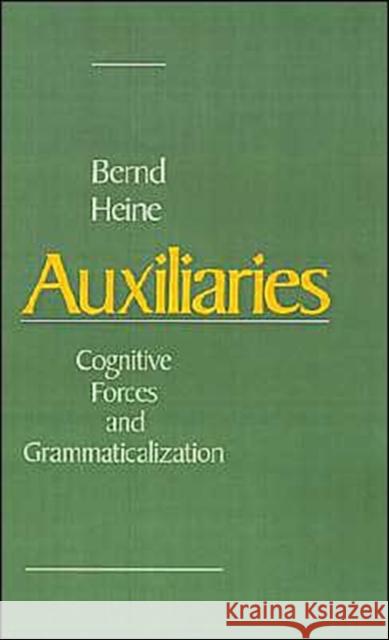Auxiliaries: Cognitive Forces and Grammaticalization » książka
Auxiliaries: Cognitive Forces and Grammaticalization
ISBN-13: 9780195083873 / Angielski / Twarda / 1993 / 176 str.
Offering a new perspective on auxiliaries in particular and language structure in general, this study argues that language cannot be explained satisfactorily with reference to linguistic variables alone; what is required in addition are extra-linguistic parameters relating to how we perceive the world around us, and how we utilize the linguistic resources available to us to conceptualize our experiences, and to communicate successfully. Rather than a closed, self-contained system, language is an entity that is constantly shaped by such external factors as cognitive forces, pragmatic manipulation, history, etc. These factors are responsible for the emergence of chain-like linguistic structures, and auxiliaries are typical examples of such structures, which Heine describes as grammaticalization chains. A limited number of concrete event schemas are discussed and these schemas are shown to be responsible for much of the linguistic diversity that auxiliary constructions exhibit in the languages of the world.











